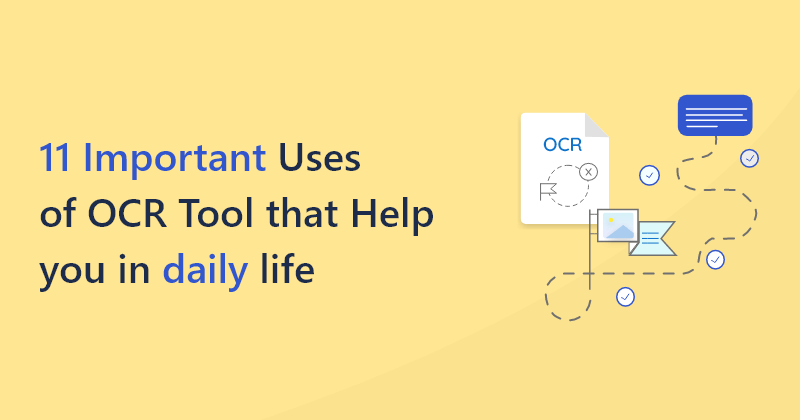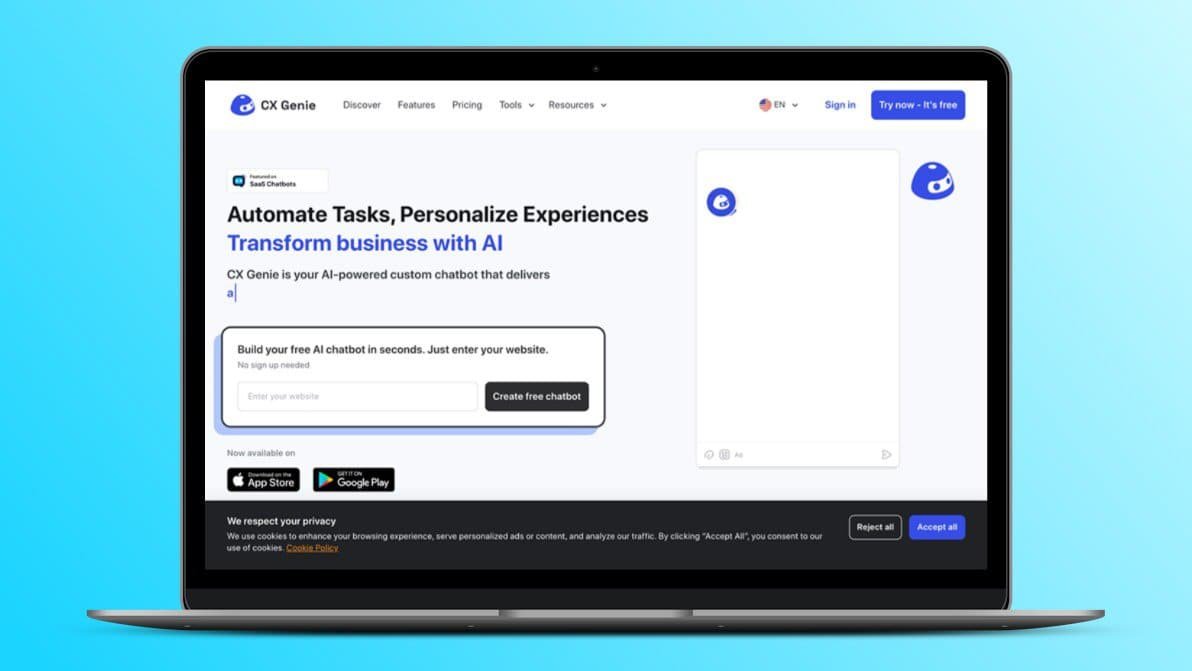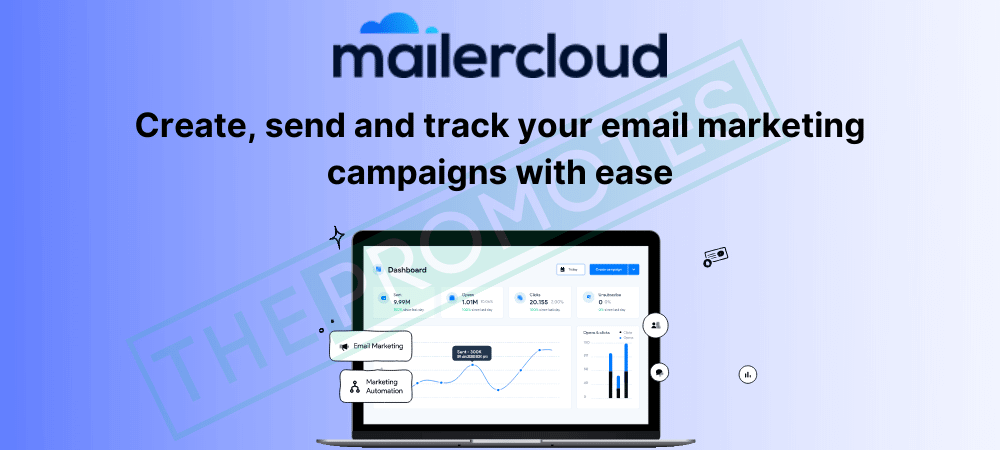OCR technology, or Optical Character Recognition, has become a part of our daily lives. It reads and converts printed text into digital data.
OCR technology helps us in many ways. It scans documents, converts images, and even reads text from signs. Imagine not having to type out long documents by hand. OCR technology does that for you. It makes life easier by saving time and reducing errors.
Businesses and individuals use it daily without even realizing it. From translating text on your phone to organizing receipts, OCR is everywhere. This blog will explore the many uses of OCR technology in our everyday tasks. Get ready to discover how this technology simplifies life and boosts productivity.
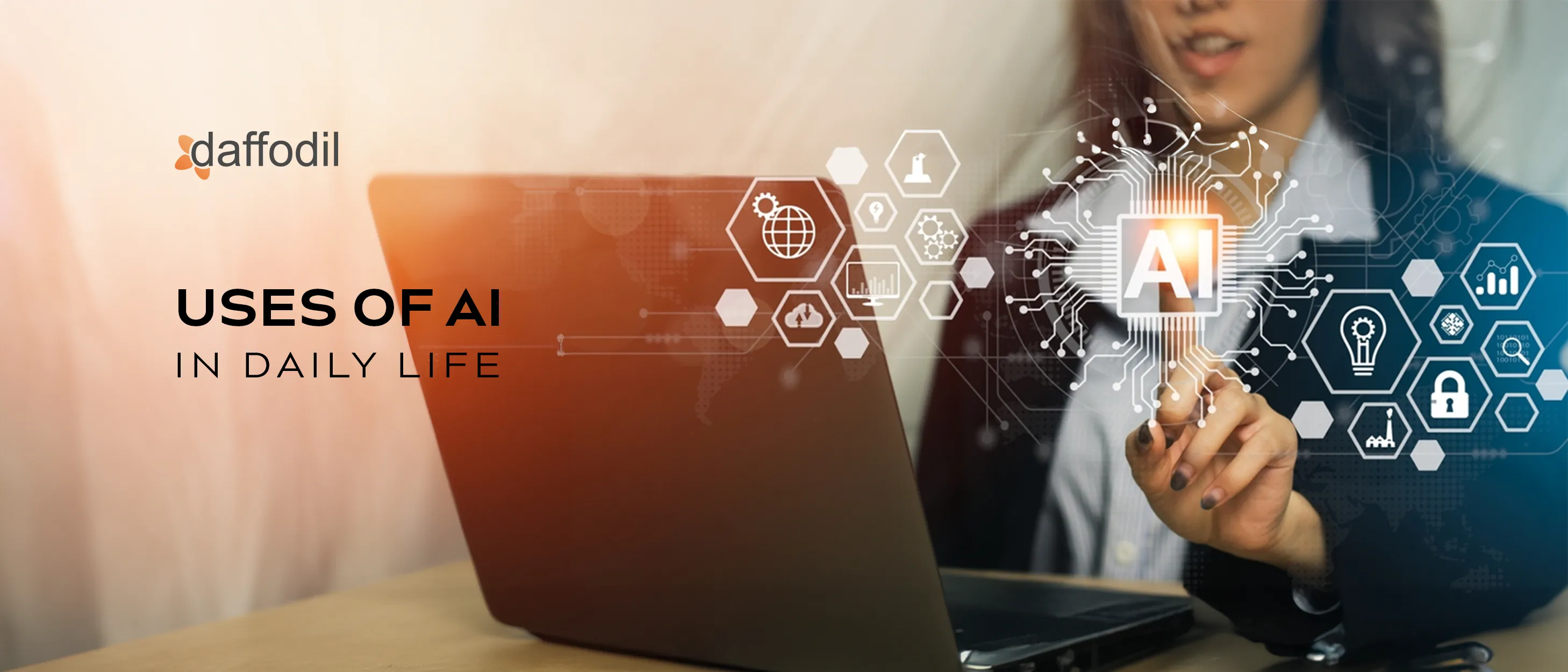
Credit: insights.daffodilsw.com
Introduction To Ocr Technology
OCR technology has become an integral part of our daily lives. Whether you’re scanning receipts or converting printed documents into editable text, OCR makes it all possible. This powerful tool can save you time and effort in countless situations.
What Is Ocr?
OCR stands for Optical Character Recognition. It’s a technology that converts different types of documents, such as scanned paper documents, PDF files, or images captured by a digital camera, into editable and searchable data. Imagine being able to edit a physical document just like a Word file. That’s OCR at work.
Brief History Of Ocr
OCR technology has come a long way. It started in the early 20th century with rudimentary methods of character recognition. Initially, its primary use was to assist visually impaired individuals by converting text into speech.
Over the years, OCR technology evolved significantly. By the 1970s, it began to be used in business applications, such as automating data entry processes. Today, OCR is used in various fields, from healthcare to finance, enhancing efficiency and accuracy.
Have you ever wondered how OCR might simplify your daily tasks? Imagine scanning a book and instantly having a digital copy you can edit. This technology is truly transformative.
Ocr In Personal Organization
OCR (Optical Character Recognition) technology has made organizing personal documents easier. By converting printed materials into digital formats, OCR helps you keep track of important papers. It ensures your documents are always accessible, saving time and effort.
Digitizing Documents
Using OCR, you can quickly digitize various documents. Birth certificates, marriage licenses, and educational diplomas are easily scanned and stored. This makes retrieval simple and fast. A digital copy reduces the risk of losing important papers. You can also share documents effortlessly via email or cloud storage.
Managing Receipts
Managing receipts can be a hassle, especially after shopping. OCR technology can help you scan and digitize receipts. This makes it easier to track your expenses. You can categorize receipts by date, store, or item. It simplifies budgeting and helps you find specific purchases later. Digital receipts also save space and reduce paper clutter.
Ocr For Business Applications
OCR technology transforms how businesses handle documents and data. By converting printed or handwritten text into digital form, OCR simplifies various business processes. This innovative technology reduces manual work, saves time, and increases productivity.
Automating Data Entry
Data entry can be tedious and error-prone. OCR technology automates this process. It scans physical documents and converts them into editable text. This reduces the need for manual typing. Businesses can process invoices, receipts, and forms quickly and accurately. Automation frees up employees for more valuable tasks.
Streamlining Workflows
OCR technology enhances workflow efficiency. It organizes and digitizes large volumes of documents. Employees can access information quickly. Searching for specific data becomes easy. This speeds up decision-making and improves overall productivity. OCR also helps with compliance. It ensures all documents are accurately recorded and stored.
Educational Benefits Of Ocr
OCR technology, or Optical Character Recognition, offers numerous educational benefits. It transforms printed or handwritten text into digital text. This technology simplifies many processes in education, making learning more efficient and accessible. Let’s explore some key educational benefits of OCR.
Assisting Students
OCR helps students by converting printed books into digital formats. This allows them to search for information quickly. Digital textbooks can be read on various devices. Students can highlight and annotate text easily. OCR also aids in creating study materials. They can scan notes and convert them into editable text. This saves time and effort.
Improving Accessibility
OCR technology improves accessibility for students with disabilities. It converts text into audio for visually impaired students. They can listen to their study materials using screen readers. OCR also assists students with dyslexia. They can use software to read aloud the converted text. This makes learning more inclusive and supportive. Schools can digitize old books and make them accessible to everyone. This ensures no student is left behind.
Ocr In Healthcare
OCR, or Optical Character Recognition, technology has many uses in healthcare. It transforms printed or handwritten text into digital data. This innovation streamlines various processes in the medical field. Let’s explore some key applications.
Patient Records Management
Managing patient records is crucial in healthcare. OCR helps convert paper records into digital files. This makes data access quicker and easier. Doctors can retrieve patient information instantly. It reduces the time spent on paperwork. This means more time for patient care. OCR also ensures the data is accurate. Fewer errors occur during the transition from paper to digital.
Prescription Scanning
OCR technology helps in scanning prescriptions. Pharmacists can convert handwritten prescriptions into digital text. This reduces errors caused by misreading handwriting. It also speeds up the prescription filling process. The digital format makes it easier to check for drug interactions. Doctors and pharmacists can share prescription data seamlessly. Patients receive their medications faster and more accurately.
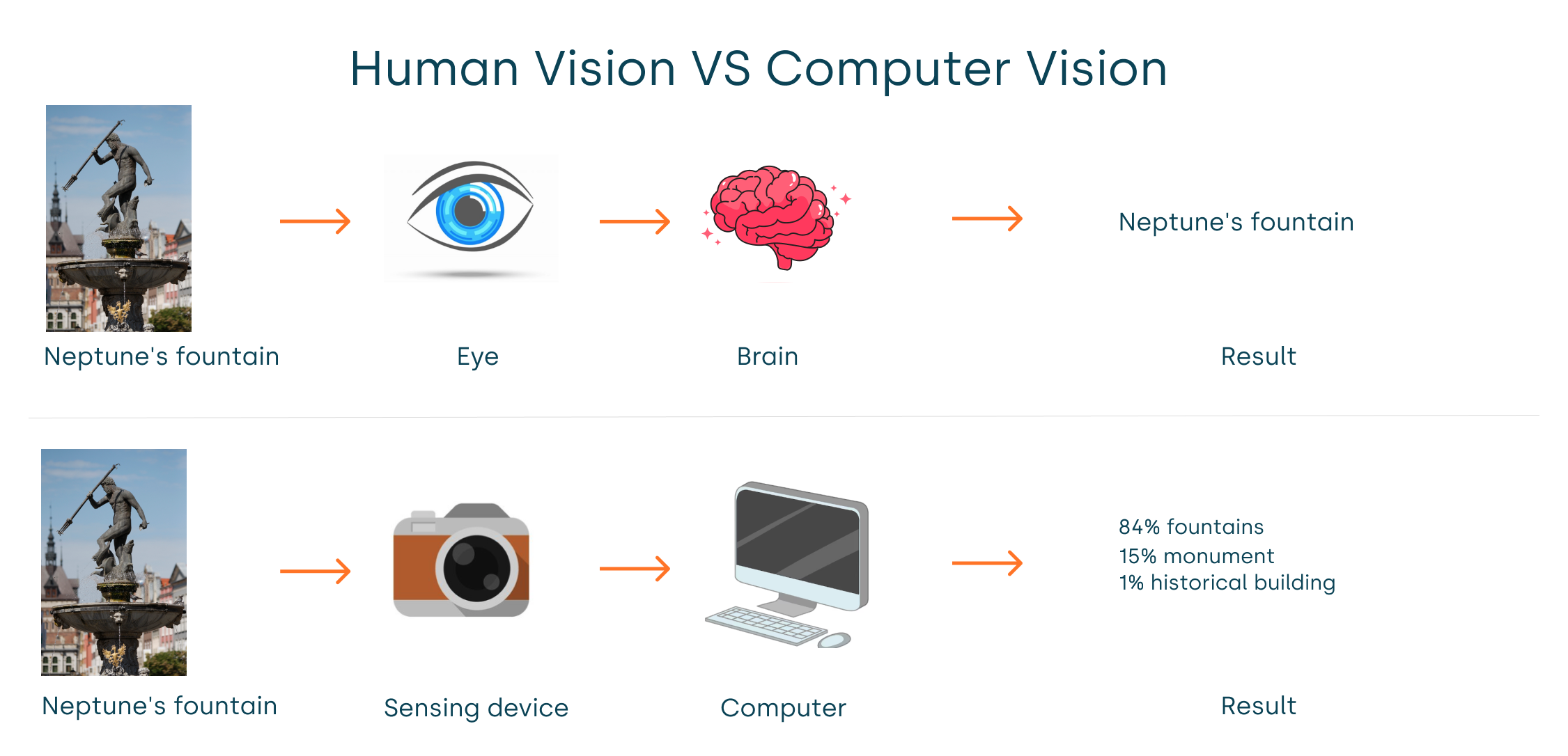
Credit: www.qtravel.ai
Enhancing Travel Experiences
Optical Character Recognition (OCR) technology has a significant impact on travel. It simplifies many processes, making travel smoother and more enjoyable. Let’s explore how OCR enhances travel experiences.
Passport And Visa Processing
OCR technology plays a crucial role in passport and visa processing. It quickly scans and reads the information on passports. This speeds up the verification process at airports. Travelers spend less time in queues. Authorities can also easily verify the authenticity of documents, which increases security.
Reading Foreign Languages
Travelers often face language barriers. OCR can translate text on signs, menus, and documents. Just by taking a photo, travelers get instant translations. This helps in understanding local languages. It makes navigating a foreign country easier and less stressful. It also enhances the overall travel experience.
Ocr In Retail And Shopping
OCR (Optical Character Recognition) technology is changing the retail sector. It helps businesses improve efficiency and customer experience. From scanning barcodes to managing inventory, OCR is everywhere. Let’s explore the key uses of OCR in retail and shopping.
Price Comparison
OCR helps customers compare prices easily. Shoppers can scan product labels with their smartphones. The scanned data is then compared across different stores. This allows customers to find the best deals quickly. Retailers can also use this data to adjust their prices. This helps them stay competitive in the market.
Inventory Management
OCR simplifies inventory management for retailers. Store employees can scan product barcodes or labels. The scanned information is then stored in a central database. This helps track stock levels in real-time. Retailers can know which items are in stock and which need restocking. This reduces the chances of overstocking or running out of products.
OCR also aids in updating product details. Retailers can scan new shipments to update their inventory. This ensures that all product information is accurate and up-to-date. It saves time and reduces manual errors.
Future Of Ocr Technology
Optical Character Recognition (OCR) technology has already changed how we handle text and data. But what does the future hold? The advancements in OCR technology promise to make our daily tasks even more efficient and seamless. As we look ahead, let’s explore the emerging trends and potential innovations that will shape the future of OCR technology.
Emerging Trends
One emerging trend in OCR technology is the integration with artificial intelligence (AI) and machine learning (ML). These advancements allow OCR systems to learn from each interaction, improving accuracy and efficiency over time. Imagine your smartphone camera identifying handwritten notes flawlessly, thanks to AI-powered OCR.
Another trend is the use of OCR in real-time applications. Think about wearable devices that can read and translate foreign languages on-the-go. This could revolutionize travel and communication, making it easier for you to navigate new environments.
Cloud-based OCR services are also gaining popularity. These services offer flexibility and scalability, allowing businesses and individuals to process large volumes of documents without the need for extensive hardware. You could easily convert your old paper documents into digital files with just a few clicks.
Potential Innovations
Future innovations in OCR technology might include more advanced handwriting recognition. As someone who prefers jotting down notes by hand, I can’t wait for OCR to perfectly translate my scrawls into digital text. This would save hours of typing and retyping.
Imagine OCR technology that can not only read text but also understand the context. This could lead to smarter digital assistants that can summarize documents, highlight key points, and even suggest next steps. Think about how much time you could save with such a tool.
Another potential innovation is the integration of OCR with augmented reality (AR). Picture this: you wear AR glasses that overlay text translations directly onto physical objects. Navigating foreign cities or reading instructions in different languages could become a breeze.
What do you think the future of OCR holds for you? Will these advancements make your life easier, or do you see potential challenges?
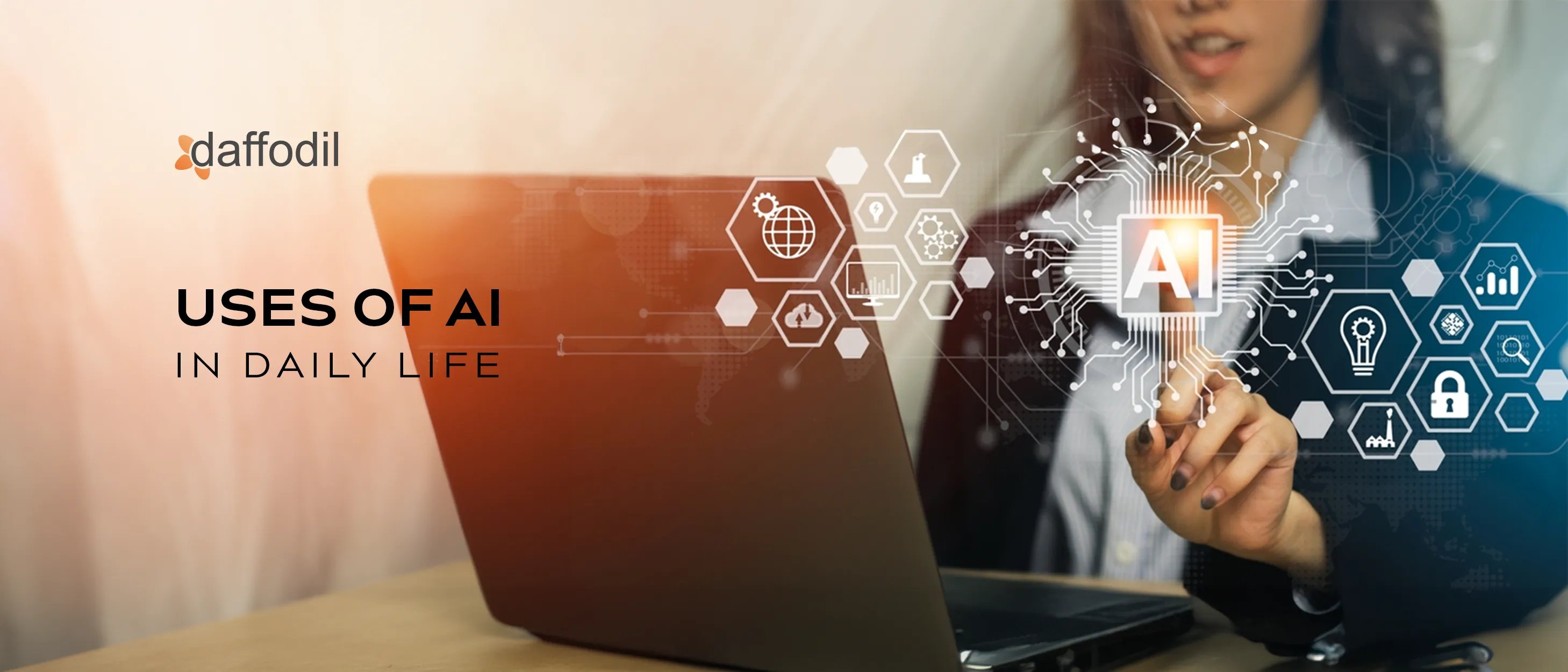
Credit: insights.daffodilsw.com
Frequently Asked Questions
How Is Ocr Used In Real Life?
OCR is used in real life to digitize printed documents, automate data entry, and convert handwritten notes to text. It helps in scanning books, processing invoices, and recognizing text in images. OCR improves efficiency in banking, healthcare, and legal industries by reducing manual work and minimizing errors.
What Are The Uses Of Ocr?
OCR automates data entry, converts printed documents to digital, extracts text from images, and assists in digitizing books. It improves accessibility, enhances search functionality, and streamlines workflows in various industries.
Where Is Ocr Technology Used?
OCR technology is used in banking, healthcare, education, and legal sectors to digitize documents, automate data entry, and enhance accessibility.
How Can Ocr Apps Be Used?
OCR apps convert printed text into digital format. They help scan documents, extract text, and enhance productivity. Use OCR for digitizing paper files, automating data entry, and improving searchability.
Conclusion
OCR technology enhances our daily tasks. It simplifies document management. Converting printed text to digital is quick and easy. Many industries benefit from OCR, including education and finance. It reduces manual data entry errors. OCR applications save time and improve efficiency.
Everyone can enjoy smoother workflows. Embrace OCR for a more organized life.

